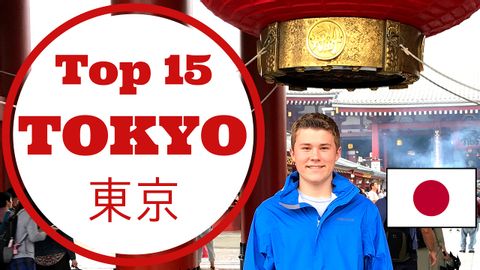
Subtitles & vocabulary
Japan Travel Guide: Tokyo Top 15 Things to Do, See, and Eat
00
鄭淳勻 posted on 2017/07/30Save
Video vocabulary
entire
US /ɛnˈtaɪr/
・
UK /ɪn'taɪə(r)/
- Adjective
- Complete or full; with no part left out; whole
- Undivided; not shared or distributed.
A2TOEIC
More incredible
US /ɪnˈkrɛdəbəl/
・
UK /ɪnˈkredəbl/
- Adjective
- Very good; amazing
- Really good; amazing; great
A2TOEIC
More massive
US /ˈmæsɪv/
・
UK /ˈmæsɪv/
- Adjective
- Very big; large; too big
- Large or imposing in scale or scope.
B1
More Use Energy
Unlock All Vocabulary
Unlock pronunciation, explanations, and filters
